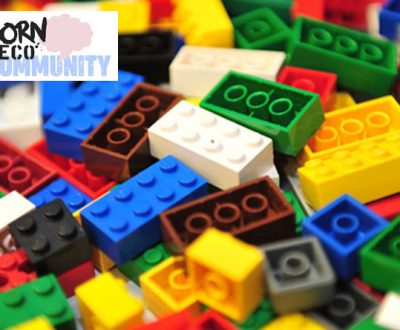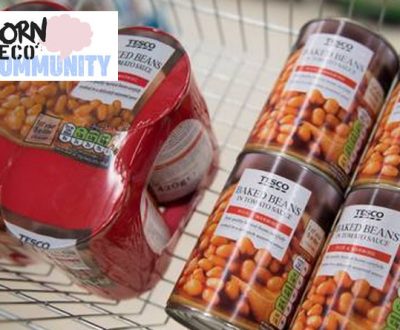The cactus used to make bioplastic.
A University somewhere in Guadalajara, Mexico. A bunch of men and women huddle around a blender, eyes poised. Kale? Apple? No no, Cactus. But this juice isn’t for drinking, it’s for making plastic.
The cactus used is the nopal cactus, translated into English is “prickly pear”, the most common edible cactus. This university discovered that when this cactus is blended into a juice, and mixed with other natural materials it can be processed into a bioplastic.

The sugars in the cactus give it a very viscous (thick) consistency, making it a perfect selection to make bioplastic. Even more so than other materials currently used to make plastic, such as corn starch.
Another downside of corn starch, making cactus the favourable choice, is that corn still has a significant environmental footprint. For example, corn has to be grown in a certain climate on a farm, and be watered often. This space and water could be being used to grow foods to eat, and leave the plastic-making to the hardy cacti that can grow pretty much anywhere, without much water at all!
The final material isn’t as long-lasting as fossil fuel plastic, but can certainly be used to replace the plastic we only use once. Such as single-use cups and cutlery, or take-away pots. And, unlike corn starch or other compostable materials that could be used, cactus will break down much quicker, and even in a home composter!
More from our blog
See all postsRecent Posts
- 5 Eco-friendly gift ideas July 22, 2022
- Sprinkles Creations - The Eco-friendly party bag provider July 22, 2022
- The cactus used to make bioplastic. March 31, 2022






